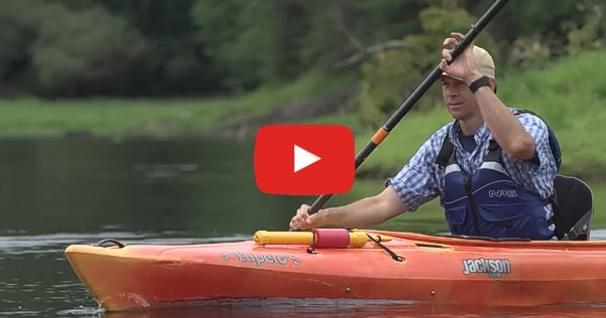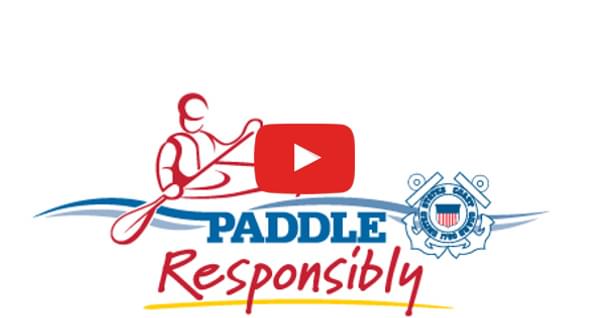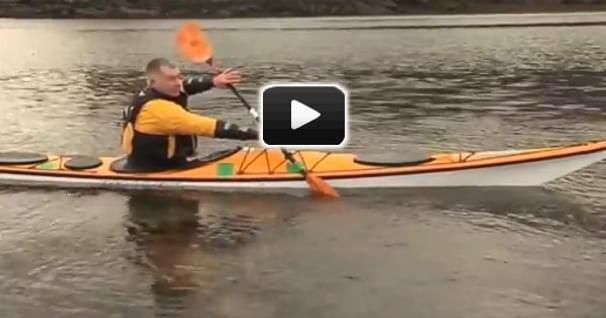3 Golden Rules of Recreational Kayaking for Beginners
The three golden rules are a set of rules that when followed, will let you paddle the most efficiently, comfortably, and safely.
- You need to let your upper and lower bodies work cooperatively, but independently from each other.
- You need to maintain a power position with your arms
- You need to use the power of torso rotation for all your strokes.
Letting your upper and lower bodies work cooperatively, but independently from each other, means that while your upper body is performing one task, your lower body can be performing a totally separate one. This separation, come from the hips, and it requires that you stay loose and relaxed. With loose hips, you can keep you head and body balanced over the kayak, while your boat goes with the flow.
Kayaking is a very safe sport, but unfortunately injuries can still happen. The most common injuries are minor ones, like blisters, and tendonitis. But the shoulder dislocation, is a serious injury that you need to be conscious of, especially if you're going to get into more dynamic types of kayaking. One of the best ways to prevent it from happening is by maintaining a power position with your arms.
The power position simply involves keeping your hands in front of your body. In other words your arms, chest and paddle form a box, and you should maintain that box when you take any type of stroke. For example, when I'm taking something called a backsweep, which involves planting the paddle blade at the back of the boat, I'll rotate my whole upper body to maintain that box. This doesn't mean that you can't reach to the back of your boat to take a stroke, it just means that in order to do so, you'll need to rotate your whole upper body. So that your hand stays in front of you.
This act of rotating the upper body is fittingly named Torso Rotation. Not only does it keep your shoulder safe, but it also allows you to harness the most power from your strokes. The paddle stroke should use much more then just your arm, and shoulder muscles. By using the power of your whole upper body, you'll be able to paddle more efficiently, and it's through torso rotation that you do this.
Torso rotation involves twisting at the waist as you take a stroke, so that you're not just pulling with your arms. And we're soon going to take a look at how that applied to specific strokes.
As with any sport, posture plays an important role in paddling performance. Although many kayaks have seats that double as great lounge chairs, you shouldn't be taking advantage of them when you're actively paddling. Think of a kayak seat as a good high backed office chair, you wouldn't lean right back into an office chair while working away at the computer, because it's not comfortable, and it probably would lead to wrist and back problems. Instead you'd sit up straight to work, and then lean back and relax, when it's time to take a break, the same goes for kayaking.
Related Articles
For obvious reasons, the forward stroke is the most important stroke to learn. But you don't need to…
Everyone wants to have fun on the water. The important thing to remember is staying safe while having…
When we're forward paddling we want to be as efficient as possible and one way to do that is to make…


